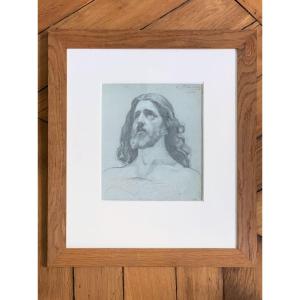Study of Christ, hands crossed
Three pencils on blue paper
Signed “V. Biennourry” and located in “Paris” at the top right
25.5 x 21.5 cm at sight
François Victor Éloi Biennourry, known as Victor Biennourry, was born in 1823 in Bar-sur-Aube. He joined the Ecole des Beaux-Arts in Paris in Michel Martin Drölling's studio in 1839 where he received his first training for four years. In 1842, he won the First Prize in Rome with his interpretation of Samuel crowning David. He made his first shipment to the Salon the same year before staying at the French Academy in Rome until 1847.
On his return from Italy, Victor Biennourry was one of the favorite painters of the imperial court. He stands out as a painter of great historical and religious compositions. Several decorative projects for Parisian churches mark out his career from the 1850s (Saint-Eustache, Saint-Séverin, Saint-Etienne-du-Mont and Saint-Roch). He also received various public commissions and was notably entrusted with the creation of large decorations at the Tuileries Palace (the Emperor's study and the Empress's apartments) and at the Louvre Palace. Victor Biennourry is also solicited for official portraits which will earn him great fame.
Victor Biennourry's preparatory drawings are mostly done in black chalk with white chalk highlights on colored paper. This bears witness to his attraction to graphic culture as inherited from the 17th century. His studies of expressive figures with very ample gestures are also part of the tradition of the Grand Siècle as bequeathed by Simon Vouet or Charles Le Brun.
The study with three pencils on blue paper that we present bears witness to the virtuosity of the hand of this so-called “academic” artist of the century. His study sheets often include more or less precise annotations. Located in “Paris”, this figure study seems to represent Christ, his hands crossed on his chest.




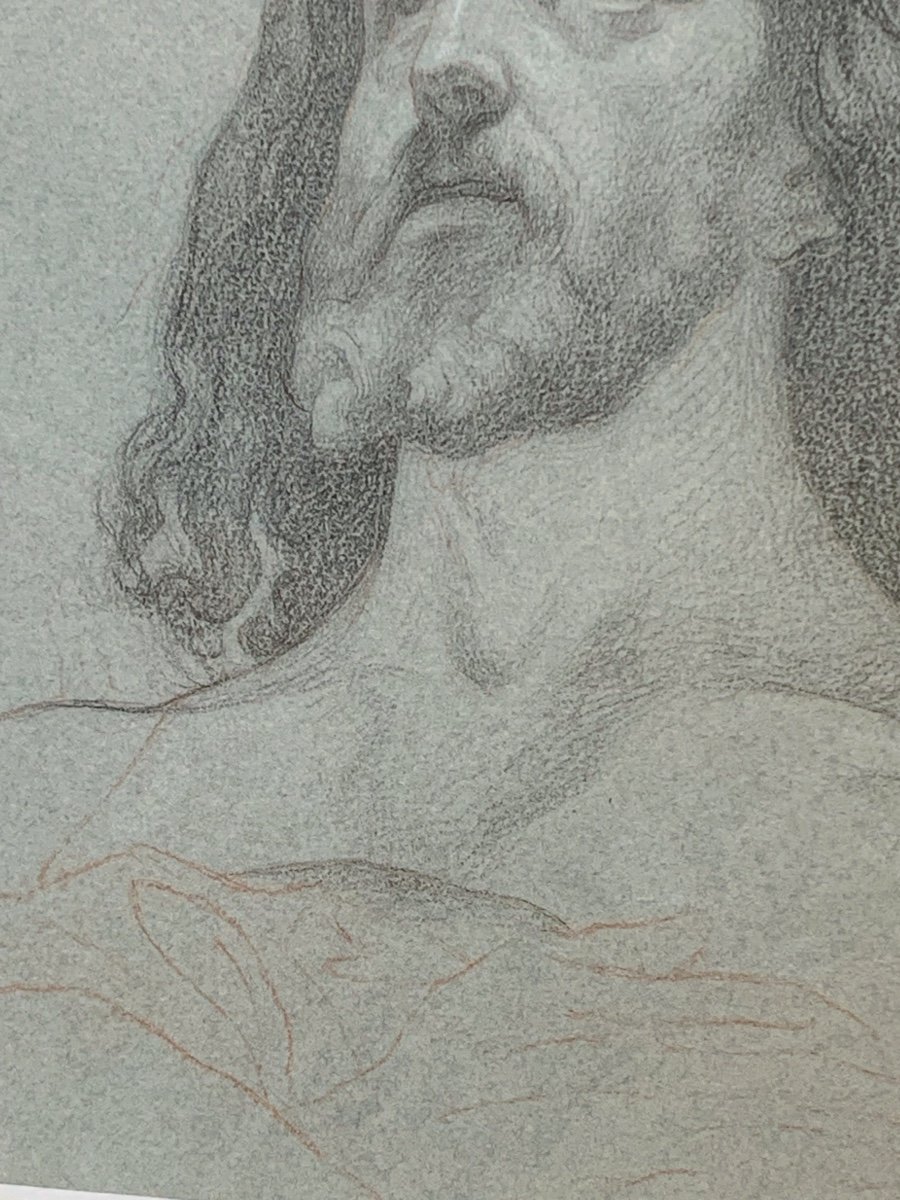
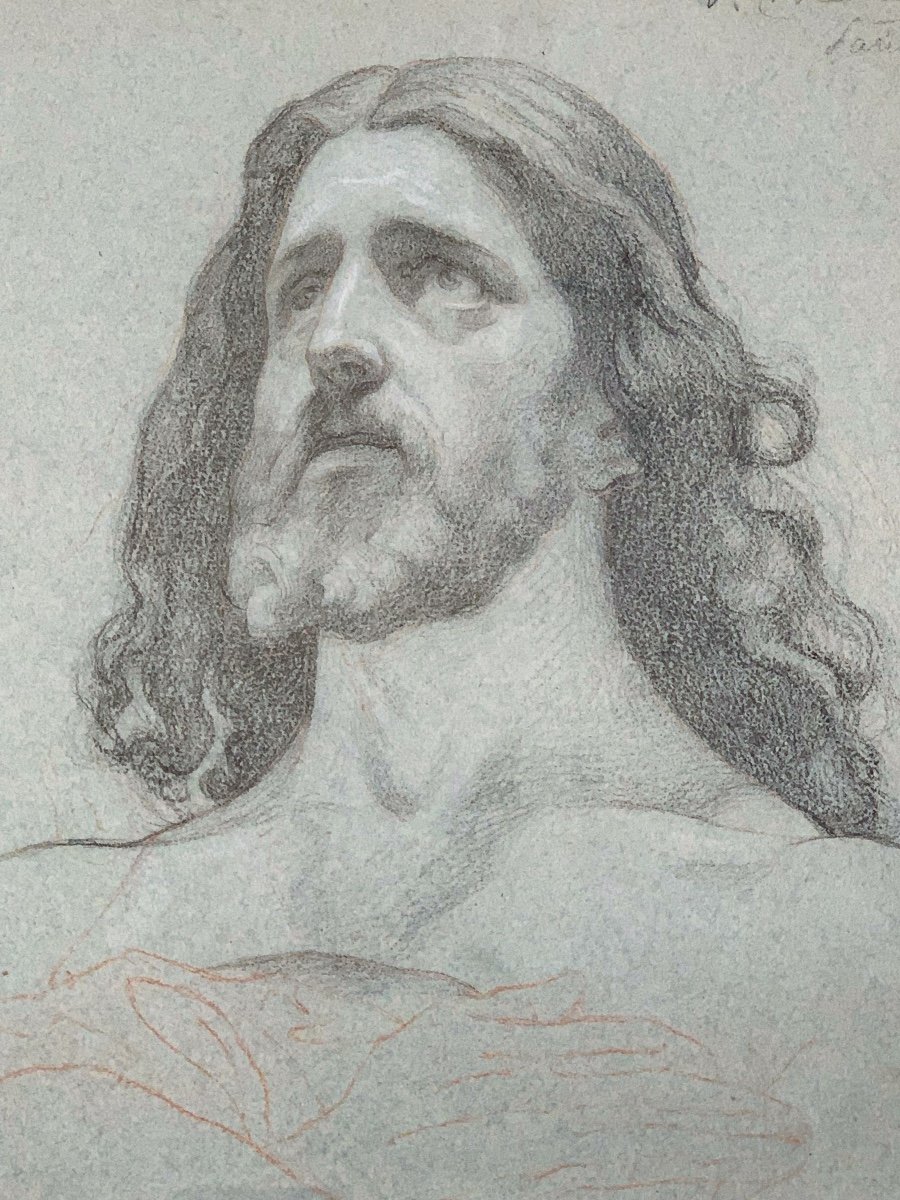
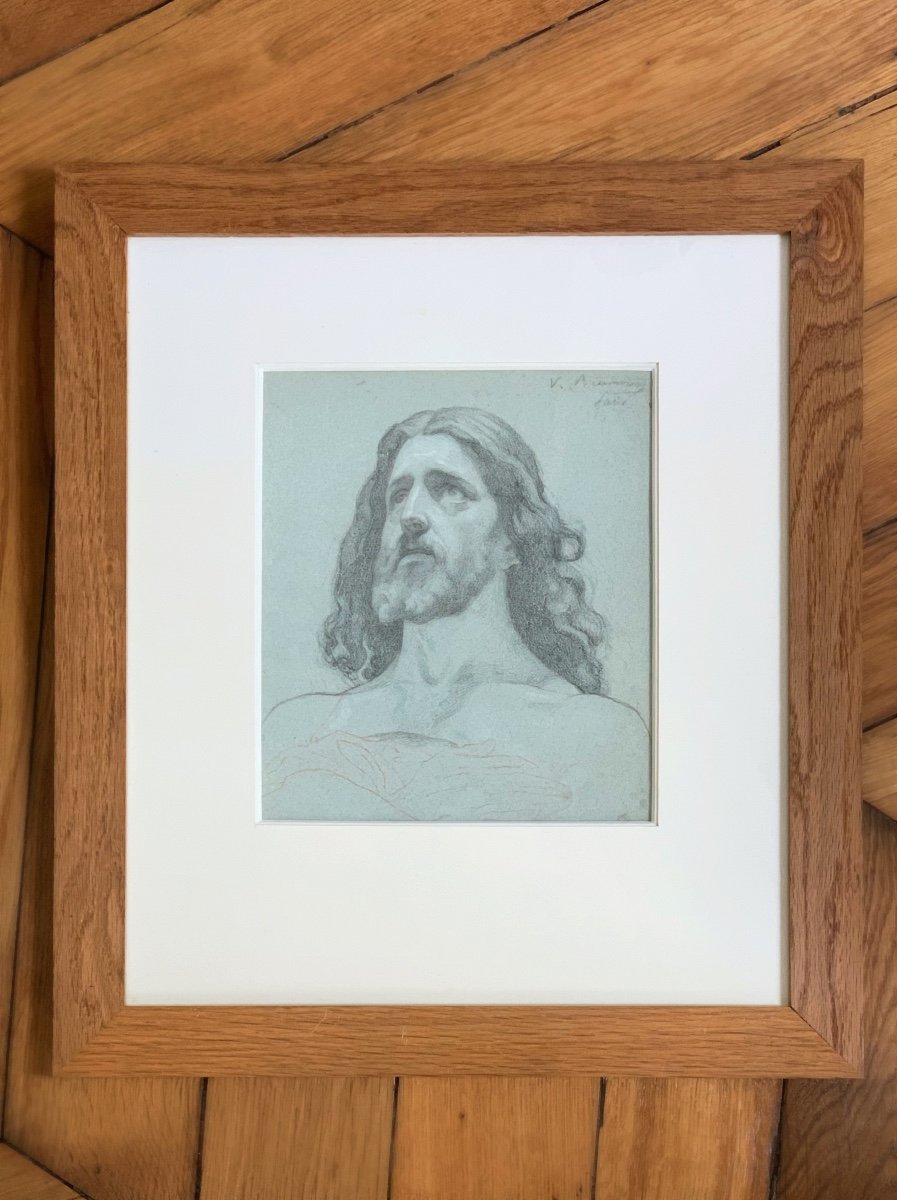
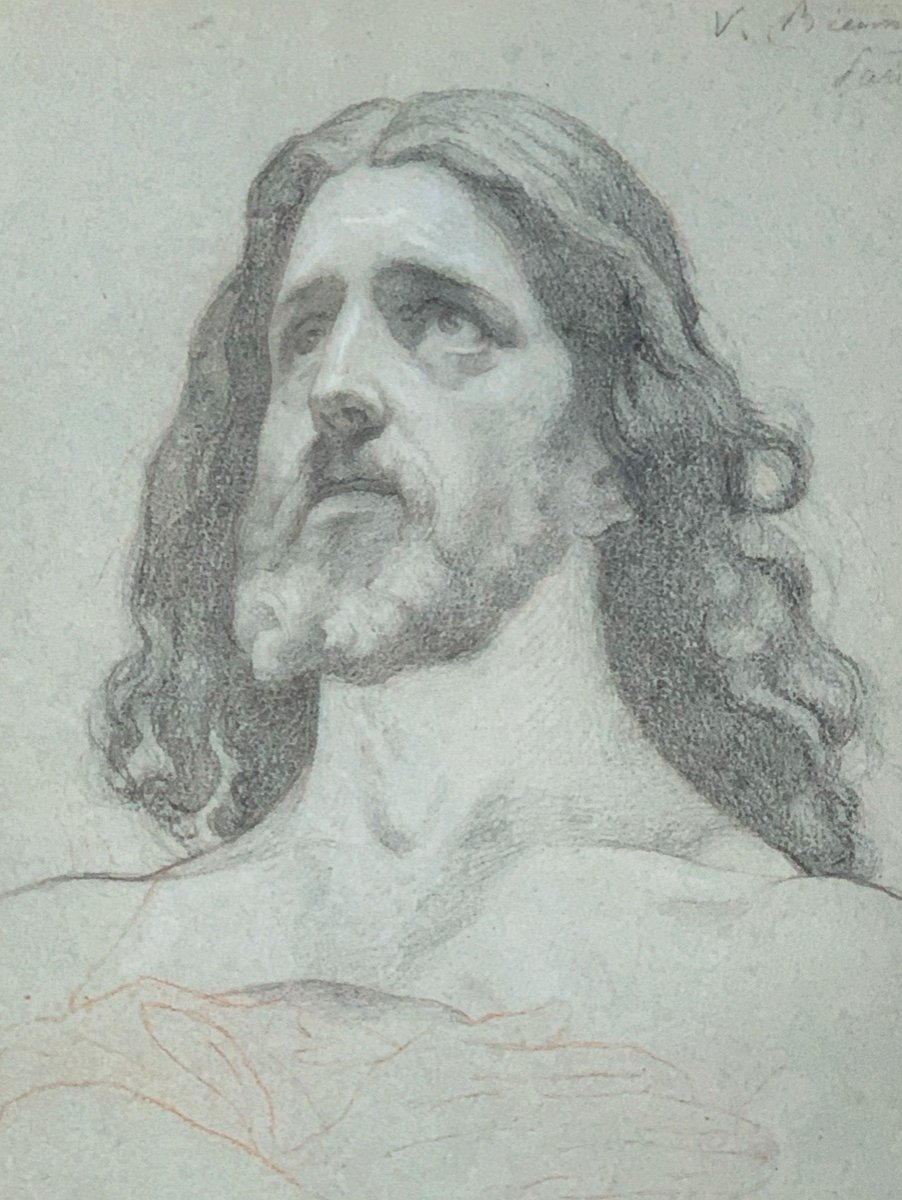
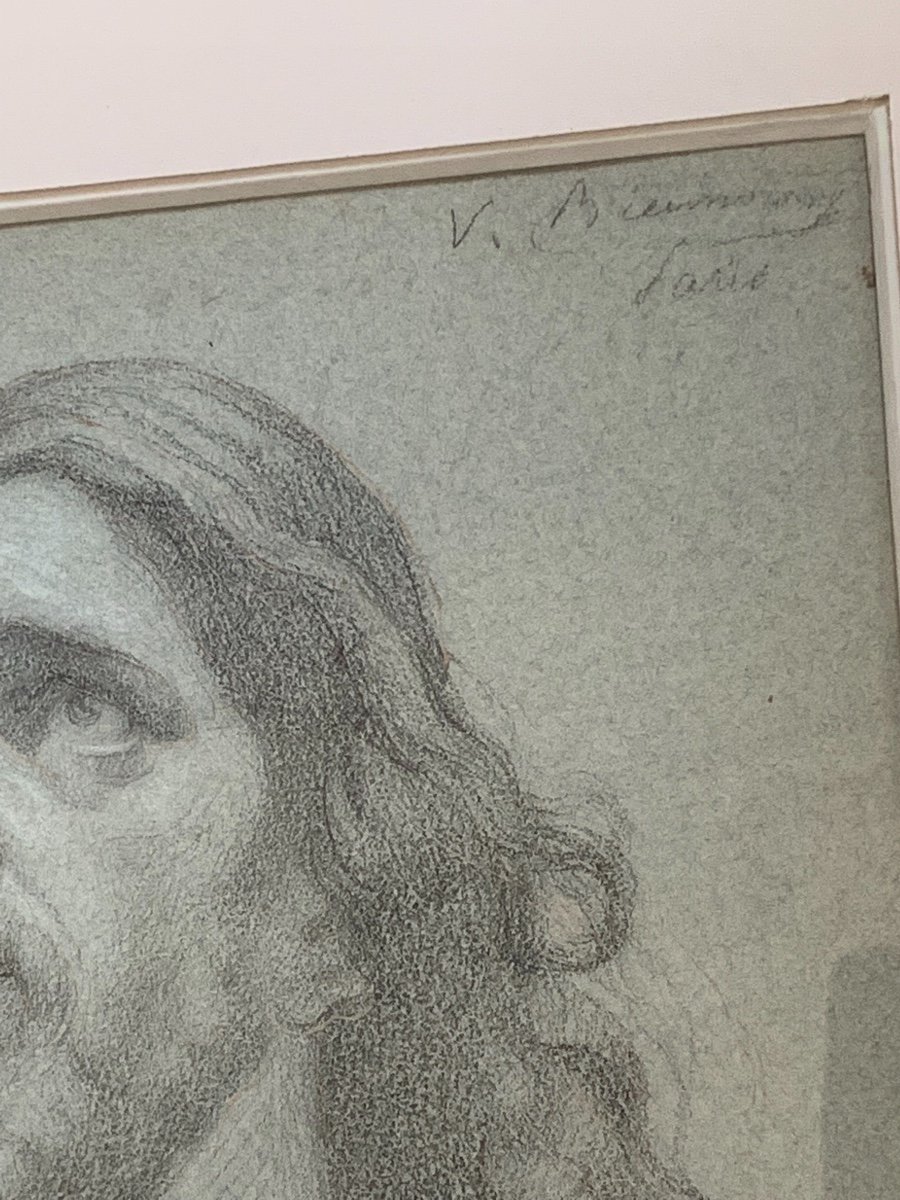
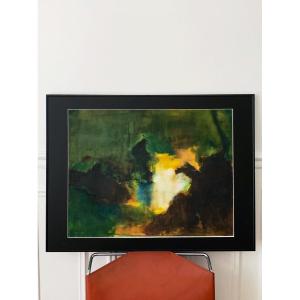
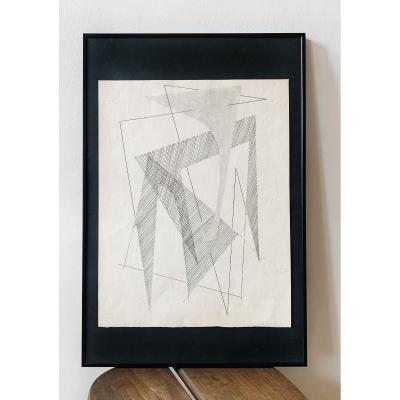
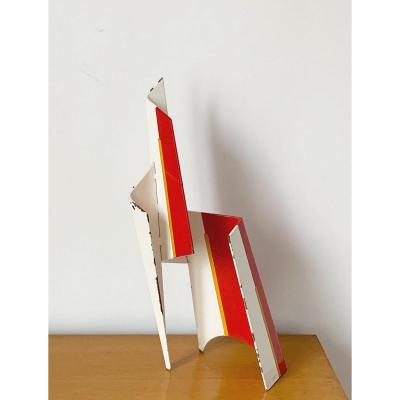

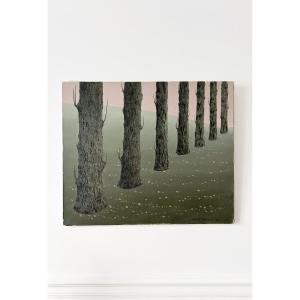

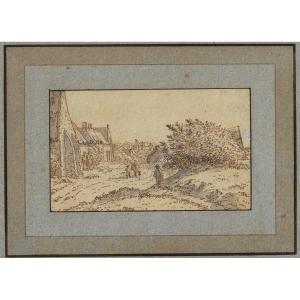
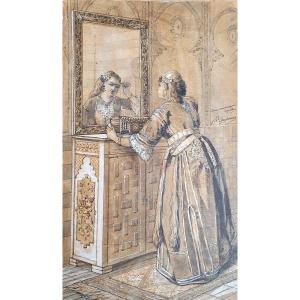
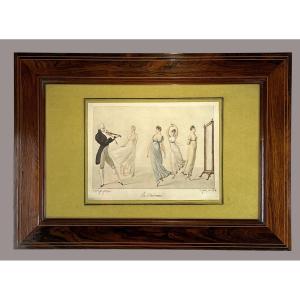






 Le Magazine de PROANTIC
Le Magazine de PROANTIC TRÉSORS Magazine
TRÉSORS Magazine Rivista Artiquariato
Rivista Artiquariato
